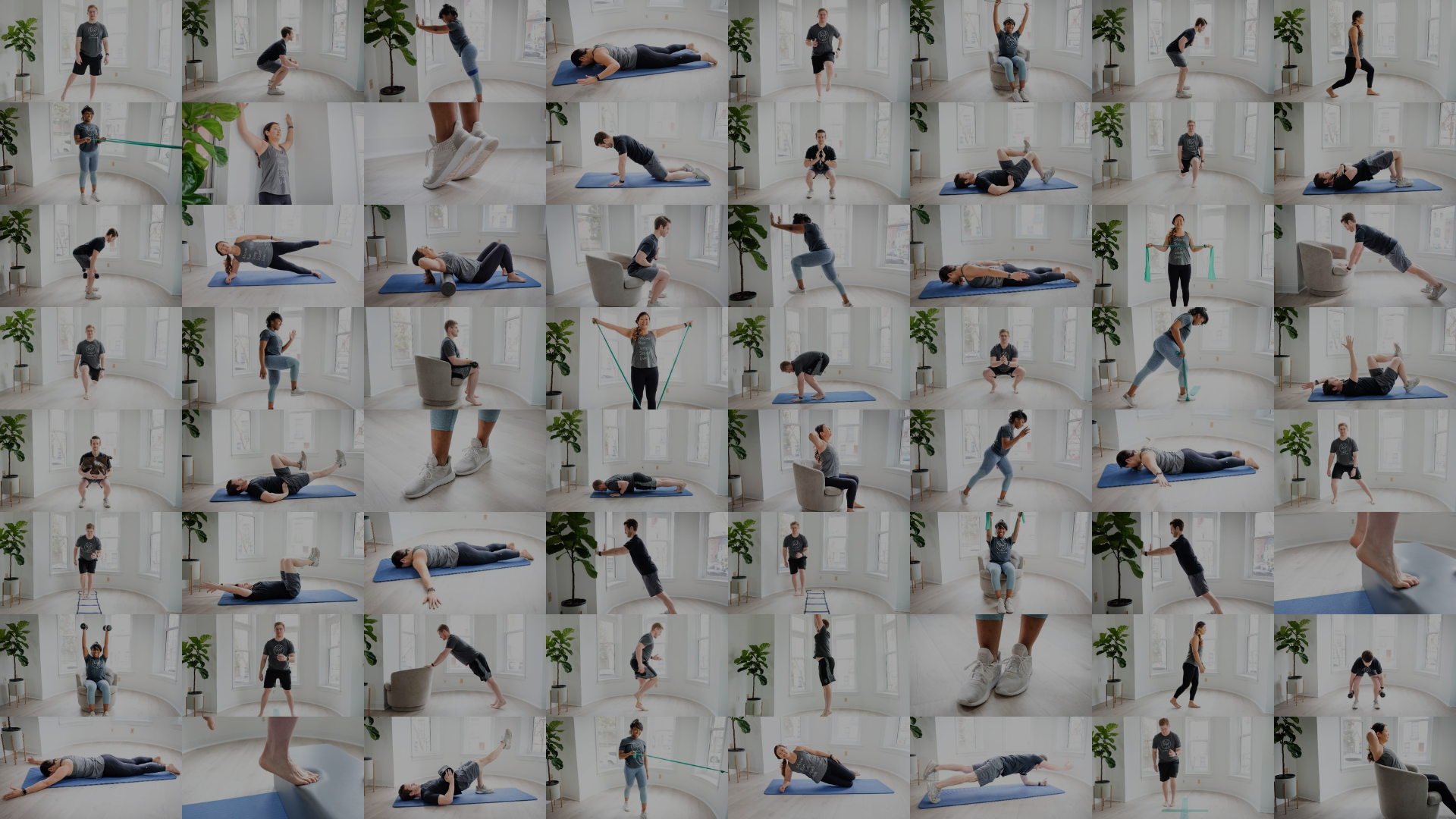
AgeProof Your Body – Exercise Library
Stepping
Exercise Library > Stepping
How to Work on Stepping
Stepping is an important functional task for older adults. Stepping requires good balance and coordination considering that steps can vary in direction, length, and speed.
To practice stepping, we’ve created a level progression integrating side steps and forward & backward steps. In reality, our stepping is more complex, as we may also step in diagonals or add a turn or upper body reach. For practice, we can set up a walking path with assistance from a nearby wall or countertop, and we can practice stepping in different directions and speeds.
Here are three options for improving your Stepping.
Level 1:
Lateral Stepping
Level 2:
Forward / Backward Stepping
Level 3:
Quadrant Stepping
Level 1
Lateral Stepping
Lay an object on the floor vertically that you can step over.
Start on one side of the object, then step over, leaving enough room to step over with the other side. Then repeat to step over to the other side.
Level 2
Forward / Backward Stepping
Lay an object on the floor horizontally that you can step over.
Start facing the object, then step forward over it. Then step backward over the object, and repeat. Consider mixing up the leg that you start with for each direction.
Level 3
Quadrant Stepping
Lay two objects on the ground to create a cross shape with four squares. Starting with both feet in a square, step into the adjacent square with both feet, then continue in a circle around the squares.
You can vary the speed, direction, and sequencing of each step as you get more confident with the steps.
🟢 What You Should Feel:
A safe, but challenging level of instability.
🔴 What You Shouldn’t Feel:
Unsafe (keep a stable object nearby for balance); or pain in the back or legs.
📶 Progression Criteria:
Progress to the next level or add resistance when you can step for >1 minute without instability.
More Variations & Progressions
Practice using a squat position as you increase your speed, to increase agility and provide an additional challenge for your quads.
Cue: “Pretend you are walking in a room with low ceilings.”
Remember to consult with your individual doctor or physical therapist with specific questions or concerns regarding exercise.
If you have an agility or speed ladder, use it! There are even more combinations of steps that you can practice using the squares of the ladder as a visual cue.
Don’t have a ladder? Use masking / painters’ tape on the floor.
Want to learn more?
Join our online exercise community for individuals 60+ to learn more exercises and strategies for healthy aging from our team of movement experts.






